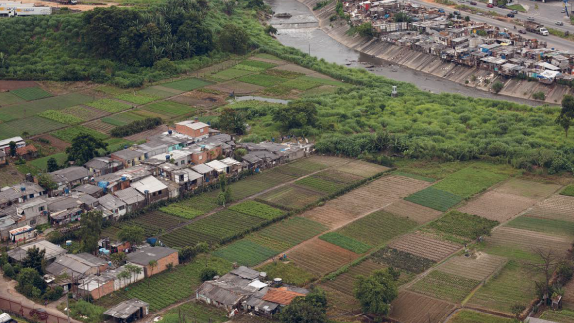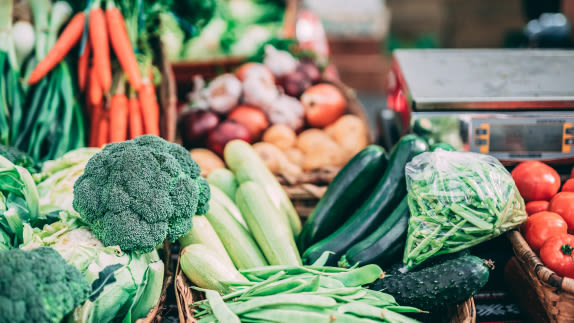In 2019, when the Ellen MacArthur Foundation launched the Cities and Circular Economy for Food report, the Foundation invited a select group of cities to commit to advancing the circular economy transition within their food system.
Participating cities committed to illustrating that the circular vision can be achieved in practice and at scale – ensuring the food system:
actively supports and regenerates natural systems
brings production closer to where the food is eaten, where appropriate
eliminates waste, and
designs and markets healthier food products
In 2022, stories of success and identified challenges were collected from the cities involved in the mobilisation phase of the Ellen MacArthur Foundation’s Food Initiative, with the aim of showcasing how cities are implementing the vision for a circular economycircular economyA systems solution framework that tackles global challenges like climate change, biodiversity loss, waste, and pollution. It is based on three principles, driven by design: eliminate waste and pollution, circulate products and materials (at their highest value), and regenerate nature. for food.
The articles that follow aim to inspire cities around the world to implement a circular economy for food. The articles cover:
Read the original report here:
Report
Launched at the World Economic Forum Annual Meeting 2019 in Davos, Cities and Circular Economy for Food explores the benefits of the transition to a regenerative food system. With analytical support from SYSTEMIQ, the research outlines a vision underpinned by circular economy principles, where food production improves rather than degrades the environment and where people have access to healthy and nutritious food. Given that 80% of all food will be consumed in cities by 2050, the report highlights their critical importance in triggering the shift towards a regenerative system fit for the long term. Three main ambitions emerge: source food grown regeneratively, and locally where appropriate; make the most of food (use by-products more effectively, prevent waste); design and market healthier food.
These three ambitions will have greater impact if pursued simultaneously and by 2050 could unlock overall benefits worth USD 2.7 trillion a year. These take the form of environmental improvements including a reduction in greenhouse gas emissions of 4.3 billion tonnes CO2 equivalents, a reduction in health costs associated with pesticide use of USD 550 billion, along with other health benefits, and an economic opportunity for cities to reduce edible food waste and make better use of food by-products, worth USD 700 billion. Realising this vision will require an unprecedented level of collaboration across the entire value-chain and the connection of flagship city demonstration projects with the scaling potential of global businesses and collaboration platforms. The report sets out a pathway to a much-needed new approach to our food system.
Download
To quote this study, please use the following reference: Ellen MacArthur Foundation, Cities and circular economy for food (2019).














